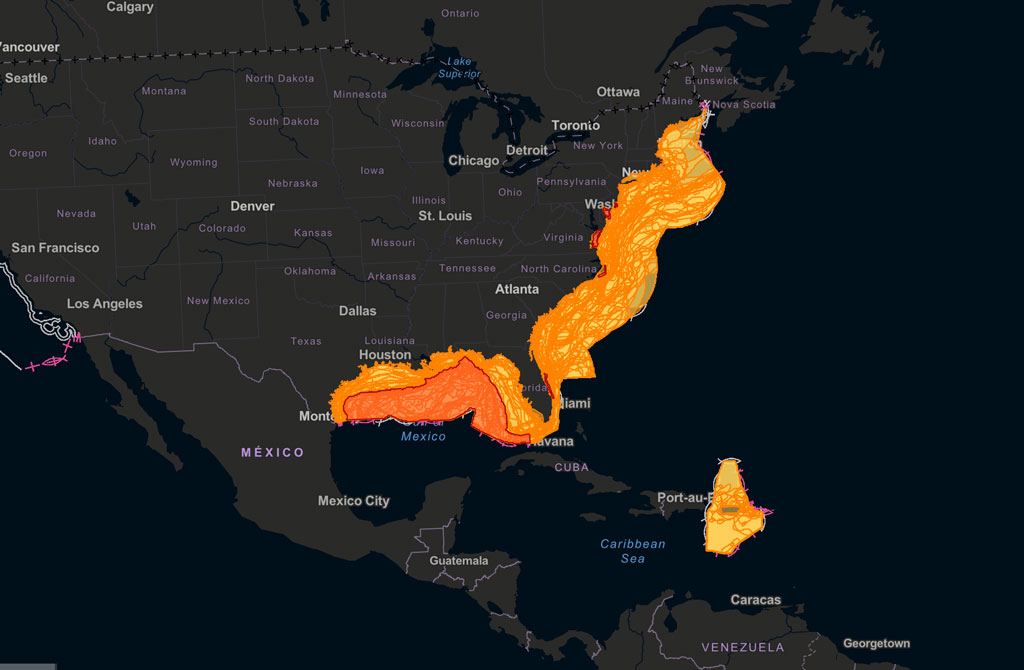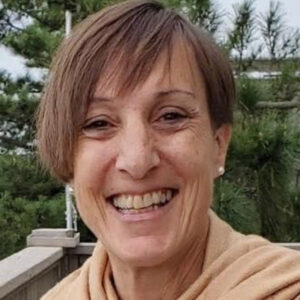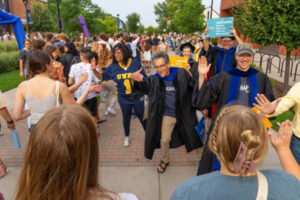Brian Berry
On January 2, 2025, Dr. Brian Berry passed away at the age of 90. Renowned for his influential work in urban and regional research, he was also a past AAG president (1978-79).
Berry was born in Sedgely, Staffordshire, United Kingdom on February 16, 1934. He graduated from University College, London, with a B.Sc. in Economics with first class honors in 1955. He was a Fulbright scholar at the University of Washington, where he completed an M.A. in 1956, and a Ph.D. in 1958, studying under noted geographer and leader of the quantitative revolution, William Garrison, in the Department of Geography.
Upon completing his Ph.D., he began his career, which spanned more than six decades. In 1958 he was named the Irving B. Harris Professor of Urban Geography, chairman of geography and director of the Center for Urban Studies at the University of Chicago. Berry’s early spatial analytic research helped spark the scientific revolution that occurred in geography and urban studies in the 1960s, making him the world’s most frequently cited geographer for more than 25 years. He refined the concept of “central place theory” and laid the foundations of analytic urban geography, spatial analysis, and of geographic information science.
In 1975, Berry was the youngest social scientist ever elected to the National Academy of Sciences. He subsequently was named a Fellow of the American Academy of Arts and Sciences and of the British Academy. From 1976 to 1981, Berry joined Harvard University where he served as the Frank Backus Williams Professor of City and Regional Planning, chair of the Ph.D. Program in Urban Planning, director of the Laboratory for Computer Graphics and Spatial Analysis, and a faculty fellow of the Institute for International Development. He was appointed University Professor of Urban Studies and Public Policy and dean of the Heinz College at Carnegie Mellon University, until he joined the University of Texas at Dallas (UTD) in 1986.
At UTD, Berry became the first director of the Bruton Center for Development Studies. In 2005, he was appointed dean of what was then the School of Social Sciences before he engineered its transformation into the School of Economic, Political and Policy Sciences (EPPS).
Among his many accolades, Berry was the 1978-79 President of the Association of American Geographers. In 1988, he was also awarded the Victoria Meda, the Royal Geographical Society’s highest honor, and the Vautrin Lud Prize — considered the “Nobel Prize for Geography” — in 2005. He also earned the Kondratieff Medal from the Russian Academy of Sciences in 2017 and the Stanley Brunn Award for Creativity in Geography from the American Association of Geographers in 2020. Most recently, in 2021, Berry earned the University Consortium for Geographic Information Science Research Award. The award recognized Berry’s early research on geographic information systems — specifically his conceptualization of the geographic matrix in 1964 — that continues to shape practice and to ensure conceptual and functional linkages between geographic information science technique and the field’s intellectual core.
Although Berry authored over 550 books and articles, he is most proud of being the advisor to more than 150 Ph.D. students and has served on an equal number of other doctoral committees. Many of his students have gone on to successful academic and professional careers in their own right.
He also has been an active family historian and genealogist, with many additional publications to his name, most recently delving into genetic genealogy. Brian retired from active academic life to become a “gentleman rancher” in 2020. Brian is survived by his wife, Janet (Shapley) Berry; son, Duncan J. Berry; and daughter, Diane Berry Yakel.
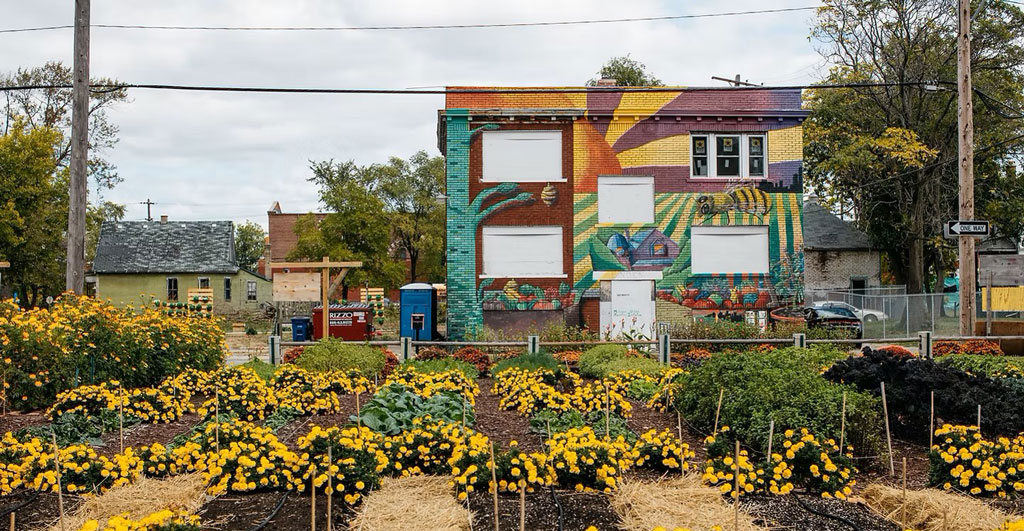
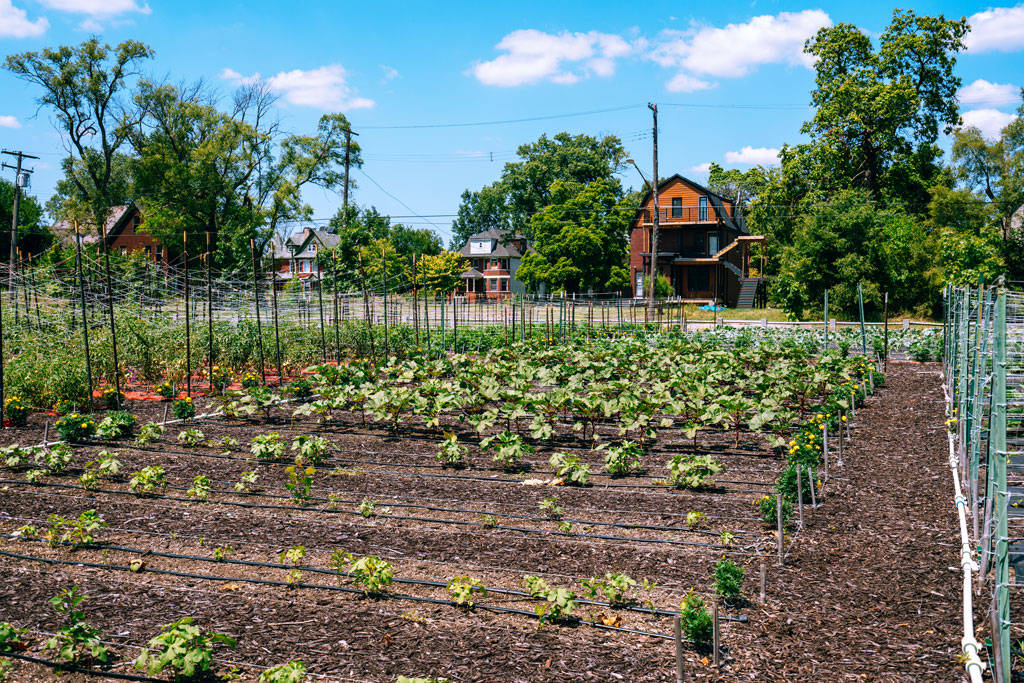
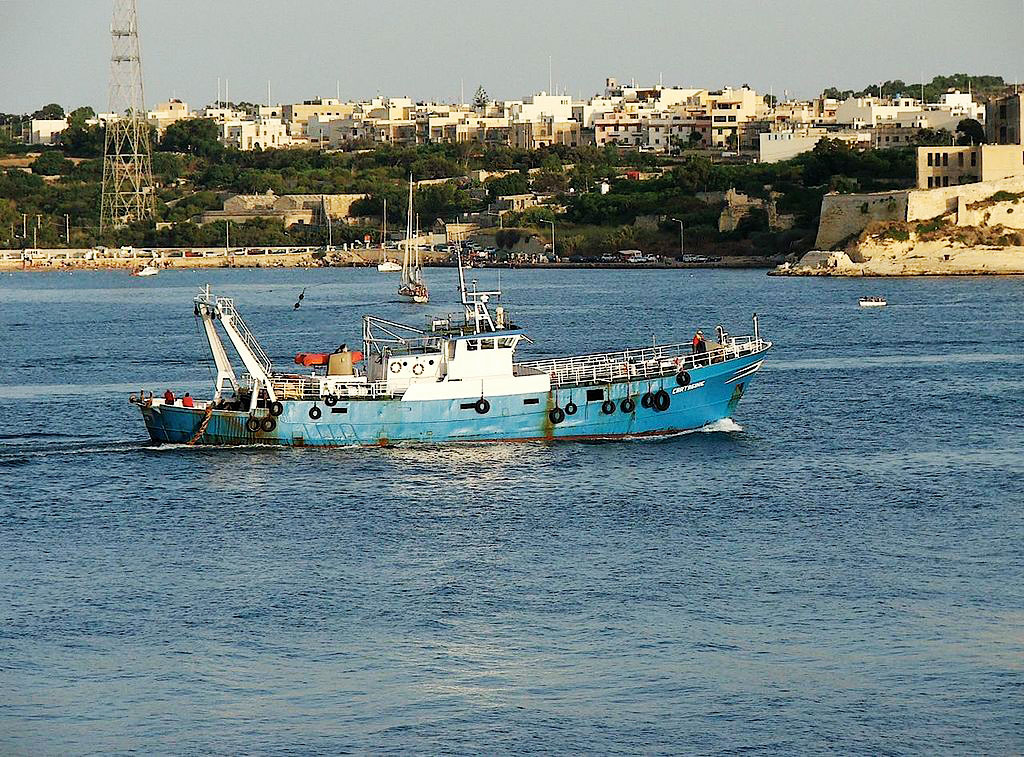
 Geography in the News is an educational series offered by the American Association of Geographers for teachers and students in all subjects. We include vocabulary, discussion, and assignment ideas at the end of each article.
Geography in the News is an educational series offered by the American Association of Geographers for teachers and students in all subjects. We include vocabulary, discussion, and assignment ideas at the end of each article. 